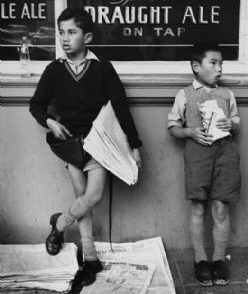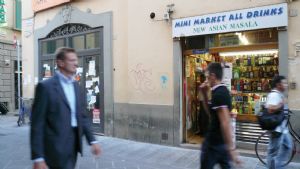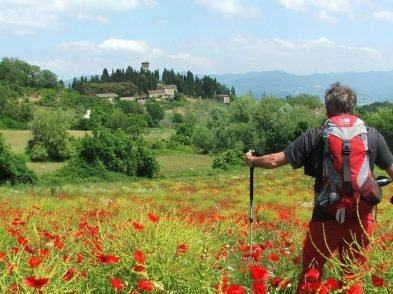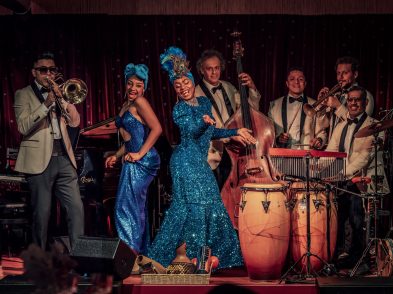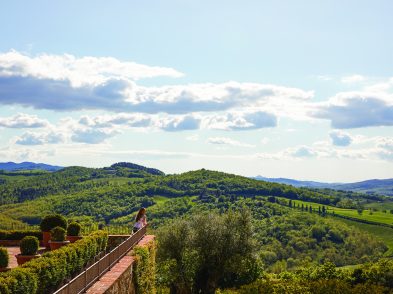They say all roads lead to Rome, so youve probably been there by now. Did you go to see an exhibition? To pick someone up at the air-port? To meet friends? Was it an eat-and-run visit, like mine always were? For years my prime reason for going to Rome was to do re-search in the Vatican Library. Id hop off the train, hop on to the #64 bus, and at the end of the day do it all in reverse. Stazione Termini was the Roman monument I knew best.Ive come to realize that if I want to savour the essence of Rome I need to take a plunge into the metropolis, to go where life throbs and history lives. How, then, should I visit Rome? Well, I could wander from church to church, peering into one chapel after another, reading dates and attributions in a guidebook. I could stroll through the streets and gaze at palace facades. But all this, I think, would be a little like arriving at the theatre after the start of a performance and leaving before the end. Too disconnected. What I really want is a story, with characters and a plot, to lure me through Rome. Nothing could be easier. All I have to do is pluck the characters out of the great fabric of Romes history. As for plot, Ill find that by fol-lowing the characters around to their palaces, to their family chapels, to the squares where they kept trysts or conducted their business. Try it some time. Dont feel you have to be a historian to do it, because in fact theyve already done the work for you. There is, for in-stance, the recently published book by Anthony Majanlahti, The Families Who Made Rome. A History and a Guide, (London 2005), which tells the remarkable stories of seven great families: during the Renaissance and Baroque periods the Colonna, Della Rovere, Far-nese, Borghese, Barberini, Pamphilj and Chigi. Each of these families claimed at least one pope, not to mention a clutch of cardinals. All of them left their mark on Rome. Majanlahti leads you along seven main itineraries, in and out of the various parts of Rome that are most visi-bly identified with these families. As he pursues the protagonists, he eavesdrops and passes on the interesting bits, making you feel as though you, too, were tagging along, seeing what they were seeing and sensing their pleasure, excitement or outrage. Ideally, youd de-vote seven days to re-live the Roman stories of these seven families. For a shorter visit, let Caroline Murphy introduce you to some of the Roman haunts of the turbulent Orsini family. In her fascinating book, The Popes Daughter. The Extraordinary Life of Felice della Rovere, (Oxford 2005), you can read how Felice, illegitimate daughter of Julius II, was married to Gian Giordano Orsini in 1506, in her cousins palace, the Cancelleria Vecchia (now Palazzo Sforza Cesarini). Things didnt run as smoothly as some might have wished. First the whole ceremony was held up for three hours until the astrologer de-cided that the stars were in the right position. During this time Felice sat in the chapel and the groom went to the barber. Then, when the wedding party was finally ready to proceed to the Orsini stronghold of Monte Giordano (present-day Palazzo Taverna), Gian Giordano decided that rather than riding along the processional route, via Papale, they would go on foot down the via del Pozzo Bianco, a mean street populated by prostitutes. The via del Pozzo Bianco no longer exists, but it commenced approximately where you now find the door to the Oratorio dei Filippini and led to Monte Giordano. For an impression of what Felices wedding march must have been like, you can wind your way past the Oratorio towards via Panico and via Monte Giordano, choosing the narrowest streets. The Palazzo di Monte Giordano, which sits on a hillock created by refuse dumped from an ancient port on the Tiber, is built like a medie-val fort within the city. By the late 13th century it belonged to the Orsini clan. When Felice arrived the buildings were a shambles, though she must have derived some consolation from seeing new furniture being carried in on her wedding day. A couple of decades later, during the 1527 sack of Rome, the Imperialist troops badly damaged Monte Giordano. Felice soon restored it and commissioned a new faade, possibly from the Sienese architect Baldassare Peruzzi, for that part of the complex belonging to her branch of the Orsini family, the Bracciano line.Monte Giordano is just one of the many places identified with the Orsini in Rome. Others that Felice frequented are in Campo dei Fiori and on the Pincian Hill. Murphy gives you the historical context and helps you imagine the fears and joys, the sounds and smells, that Felice experienced day in and day out. But remember, the stories of Felice and the great families are only a few of the thousand and one stories to draw you to Rome. For more, just pick a pope, painter, or some other character, and start tracking him or her down.
LIGHT MODE
DARK MODE
Most popular
The Florentine

